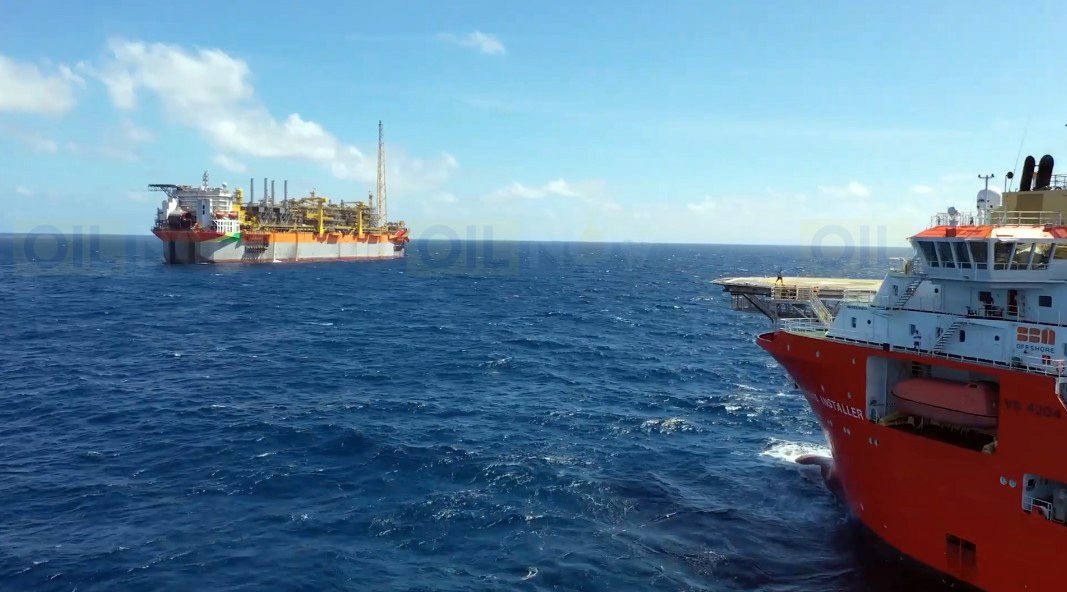According to the Environmental Permit that was issued for the US$10B Yellowtail Project, ExxonMobil is required to provide Guyana with a roadmap for emissions reduction along with an examination of the potential and feasibility of Carbon Capture Utilization and Storage (CCUS) technologies.
Executive Director of the Environmental Protection Agency (EPA), Kemraj Parsram and Head of the Agency’s Oil and Gas Department, Joel Gravesande confirmed that this is one of the new features of the permit.
Exxon granted approval from Guyana to conduct carbon-capture study – VP Jagdeo
In a recent radio interview, Gravesande said, “This provision in the permit is new to Guyana and I am happy to know that the EPA is pushing for this. The driving factor is actually ExxonMobil’s stated global commitment to get to net zero by 2050. We want to know what their plan is for Guyana and how they intend to achieve that goal here…”
Exxon announces ambitious plans for net zero emissions by 2050
Parsram concurred with his colleague’s remarks as he noted that the new provision is also in keeping with Guyana’s draft Low Carbon Development Strategy (LCDS 2030) which demands zero flaring and the use of the best available technology in oil and gas operations. “So, with this global commitment of net zero by 2050, we want to know how this pledge will inform their work here and the permit changes it would lead to here…We want to see how they will be working towards lowering emissions here,” Parsram said.
The provisions of the permit state at Section 3.22 that within 90 calendar days of the said document being awarded, ExxonMobil’s affiliate, Esso Exploration and Production Guyana Limited (EEPGL), must submit a work plan, including the schedule of activities for the conduct of a roadmap towards greenhouse gas intensity reduction in respect to its petroleum operations; the potential of CCUS technologies and systems in Guyana; the potential deployment or investment in carbon sinks, renewable energy projects, carbon negative technologies, or application of high quality carbon credits or offsets generated from within or outside of Guyana; and any other area of study that is beneficial for collaboration. This includes market mechanisms to promote innovation and supportive policies.
To help reach net zero for operated assets by 2050, ExxonMobil said earlier this year that it has identified more than 150 potential steps and modifications that can be applied to assets in its upstream, downstream and chemical operations.
The world needs Guyana’s low carbon intensity oil developments, Hess tells investors
It said initial actions already underway prioritise energy efficiency measures, methane mitigation, equipment upgrades and the elimination of venting and routine flaring. The American multinational said too, that further high-impact reduction opportunities include power and steam co-generation and electrification of operations, using renewable or lower-emission power.
Low-carbon operations will become key asset, Exxon out front with tech
The company expects to finalise detailed roadmaps that address approximately 90% of operations-related greenhouse gas emissions by the end of this year, and the remainder will be completed in 2023.




